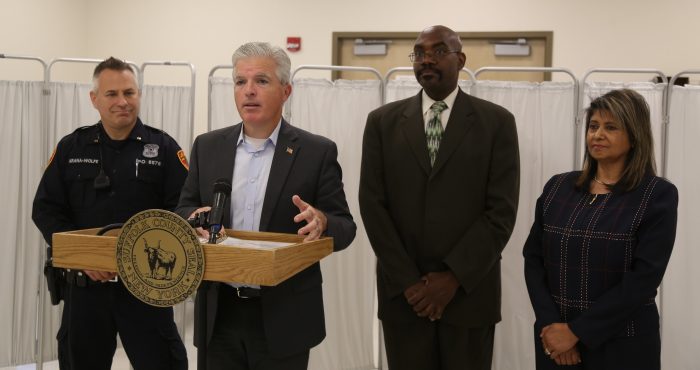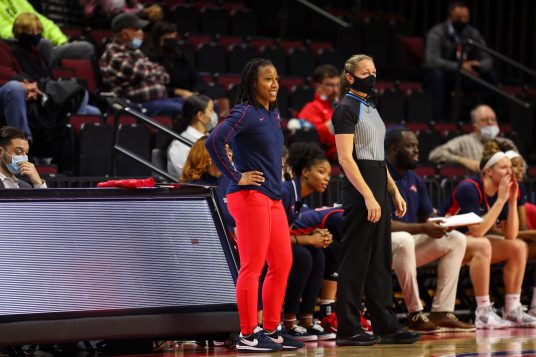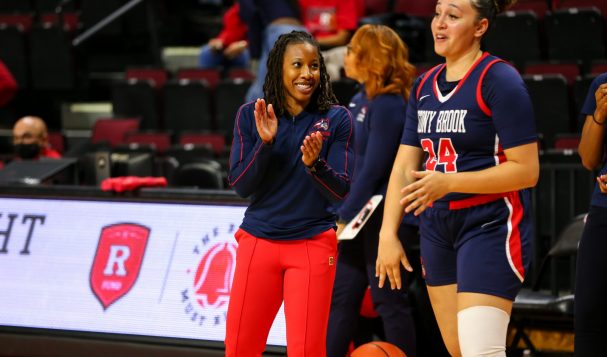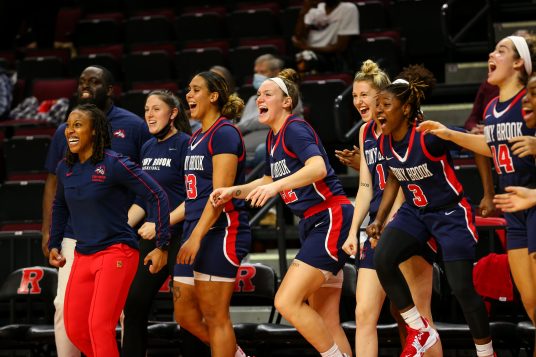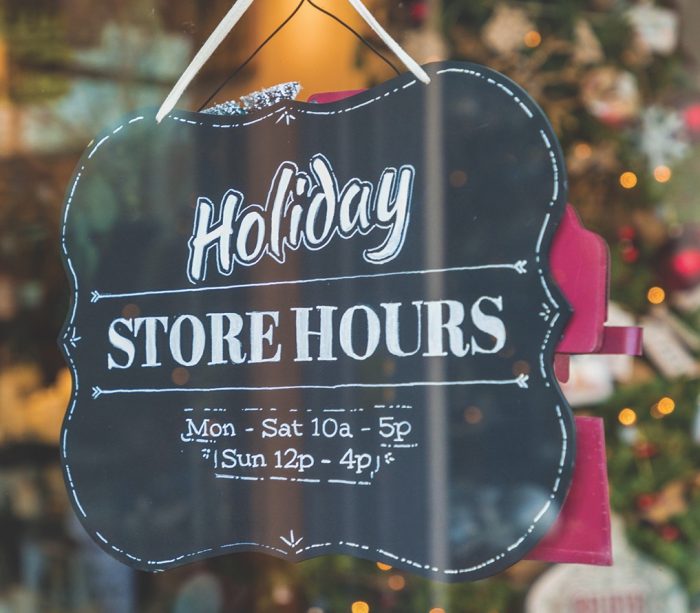By Daniel Dunaief

Dogs need to go outside, regardless of the temperature. My dog, who has a thick coat of hair, loves the winter and is perfectly happy to linger outside, especially when it’s close to freezing. When the grass is covered with frost, he slowly lowers his right cheek and does a lawn dive, bringing the rest of his body piece by piece down onto the cold, wet surface.
Once he’s completely on the ground, he rolls onto his back, using the blades of grass and the water and ice to scratch his back, while snorting with delight. With the eye that isn’t pressed into the ground, he stares at me, waiting for me to give up the ghost on getting some exercise or coming back inside quickly. When I reach down to pet him, I can almost see him smirk as he wags his tail triumphantly.
This month, he and I have seen some unusual sights. When I see something unusual, I try to take out my phone, but my reaction time, and all the extra material in my pocket, makes that a largely ineffective effort.
Even when I do manage to take out the camera and point it in the general direction of something interesting, the pictures typically disappoint, because my dog who hates to move suddenly gets the urge to pull just as I’m snapping the photo, leaving me with a blurry image of the road.
A few days ago, we were at the top of our street at dusk, near one of my dog’s favorite places to poop. In fact, I can take him on a four-mile walk and, within a tenth of a mile of our home, he finds his favorite blades of grass, takes his usual tentative steps, turns away from me — he needs privacy — and does his business.
This time, though, just as he was approaching his familiar spot, a hawk passed by only a few feet from my head, giving me a chance to look him, and the object he was carrying, squarely in the eyes.
The hawk was holding a squirrel, which seemed especially odd to me given the relative size of the two animals. The squirrel wasn’t moving but was clearly alive. When I told my family about it, they were sympathetic to the squirrel.
A few days later, walking toward the other end of the block, my dog and I observed a blow-up Frosty on one end of a lawn and a blow-up Santa on the other rise slowly from the ground as air flowed slowly into them.
My dog, whose fear of unusual inanimate objects builds around Halloween and the December holidays, stood at attention and considered announcing his presence with authority to objects that can’t, and don’t, react to his deep bark.
Fortunately, he only pulled his lips back slightly and lifted his tail, allowing the neighbors to enjoy their dark, quiet evening without the sound of a panicked pooch on a poop walk.
A few minutes later, I studied the stars at a distance when a light appeared in the sky, flashed toward the horizon and disappeared. Never having seen a shooting star before, I was mesmerized.
When I returned and shared the story, my son, who doesn’t seem too keen on superstition but is clearly aware of pop culture, asked if I made a wish. Not wanting to pass up the opportunity for help from anywhere, I did. Maybe by next December, I’ll let you know if it came true!





